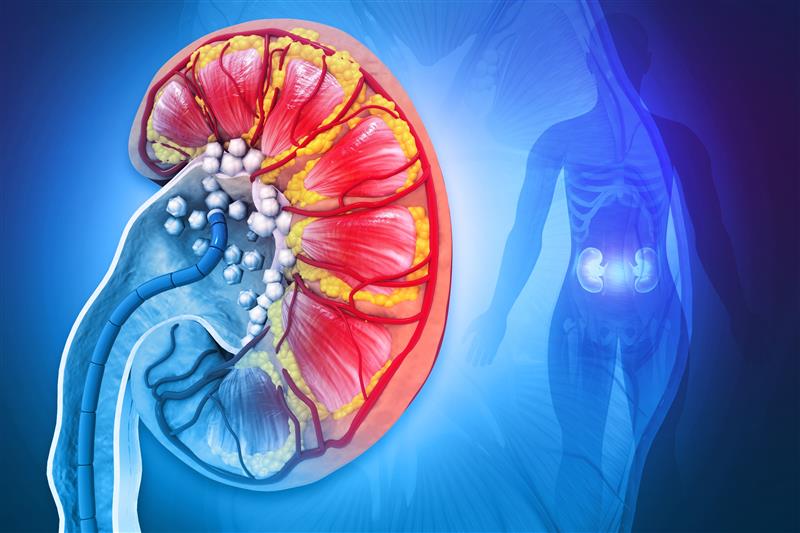
Dialysis works to remove excess fluid from your blood, so it’s important to manage your fluid intake carefully.
Fluids are typically limited on a dialysis diet, and the exact amount you should have each day depends on your overall health and the type of dialysis you’re on.
It’s vital to your health to control your fluid intake and stay consistent with treatment
If fluid is not properly managed and builds up between dialysis sessions, you may experience fluid overload, also called “hypervolemia.” This condition isn’t just uncomfortable—it’s a serious health risk for dialysis patients.
Why is excess fluid a health risk?
Retaining extra fluid does more than make you feel bloated or uncomfortable. It can also raise your blood pressure, forcing your heart to work harder to pump blood.
Over time, your heart may become weaker and less effective, which could eventually lead to heart failure.
The effects on your heart from having high blood pressure caused by excess fluid are similar to repeatedly overinflating and deflating a balloon. Continuous stress on your heart muscle can make it lose elasticity and strength.
What are the signs of fluid overload?
The most common fluid overload symptoms include:
• Headaches and low energy
• Swelling in your face, waist, hands, and feet
• Shortness of breath or trouble breathing
• Heart damage
• High blood pressure that may lead to a stroke
How much fluid gets removed during dialysis?
Your weight when you don’t have excess fluid is called your dry weight (or target weight).
Your care team will use medical tests to determine what this should be. When you’re at your dry weight, your blood pressure is typically in the normal range, and you shouldn’t show symptoms of fluid overload.
Your weight before dialysis helps your care team know how much fluid needs to be removed during your dialysis treatment. Each liter of fluid weighs a little more than 2 pounds. After your session, you’ll step back on the scale to see how much fluid was removed.
If you have fluid overload, your care team may prescribe extra dialysis sessions to restore healthy fluid levels.
4 ways you can control fluids to avoid fluid overload
1.Manage your fluid intake.
Your care team will tell you how much fluid you should consume each day. Remember, fluid isn’t just what you drink—it’s in food too.
2.Cut back on salt.
Salty foods increase thirst and cause the body to retain water. Even if you track fluids carefully, too much salt can undo your progress. Ask your renal dietitian for flavoring alternatives using herbs and spices.
3.Track your weight.
Weigh yourself at the same time every day and record your weight. Notify your nurse about any sudden changes. A significant increase could indicate fluid buildup.
4.Stick to your dialysis schedule.
Each treatment removes excess fluid and waste from your body. If you skip a treatment or end it early, fluid will accumulate until your next session. Completing each dialysis session exactly as prescribed is critical.
Talk to your doctor or dietitian about how to manage your fluids and feel your best.
Controlling fluid intake not only helps prevent swelling and high blood pressure—it protects your heart and makes dialysis more effective.
This article was written by Fatema Naser Eldeen.






